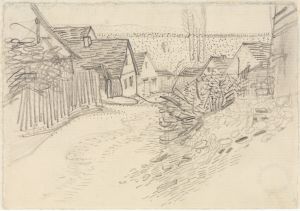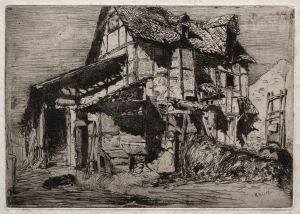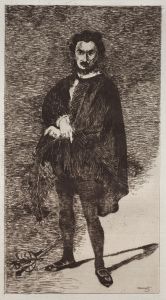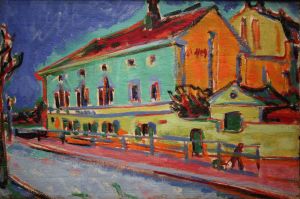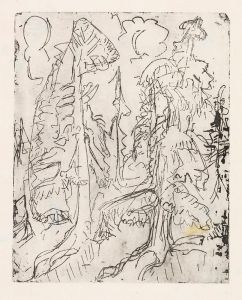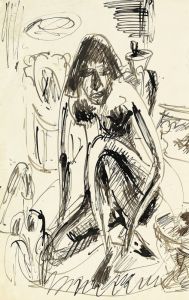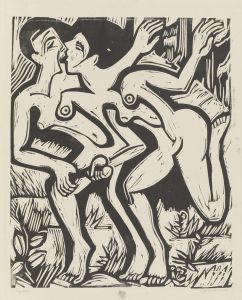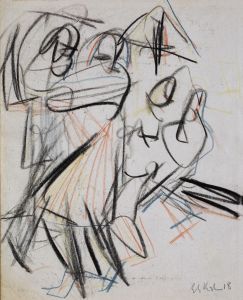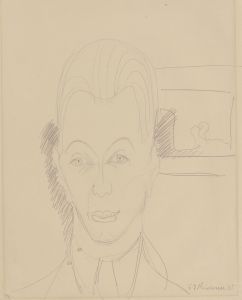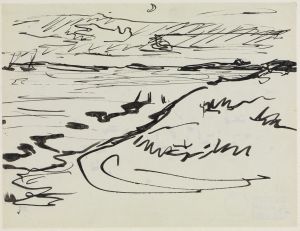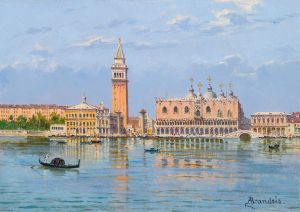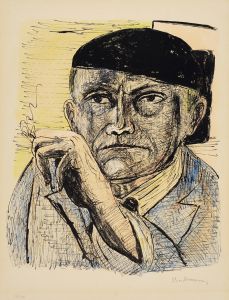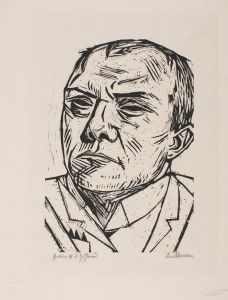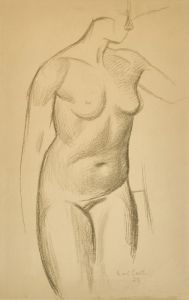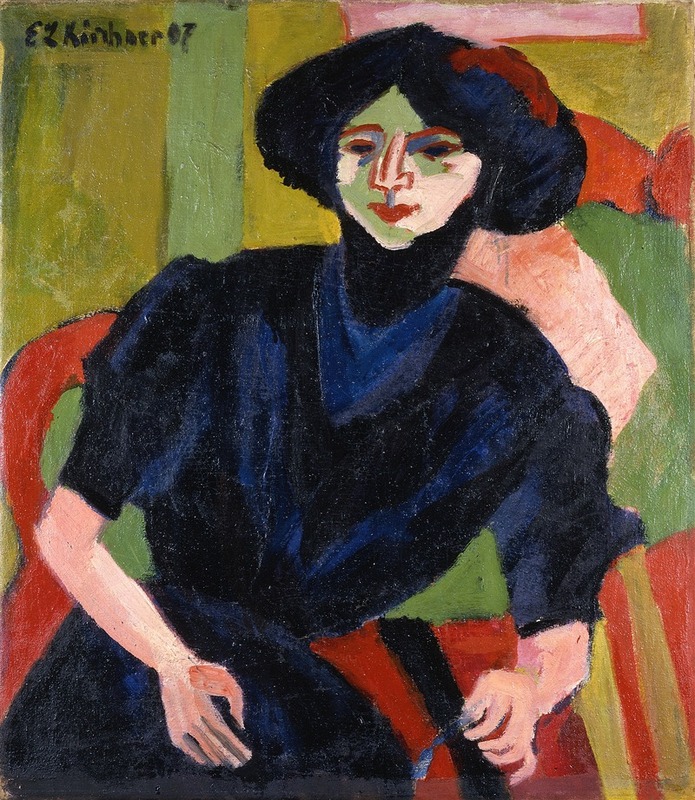
Portrait of a Woman
A hand-painted replica of Ernst Ludwig Kirchner’s masterpiece Portrait of a Woman, meticulously crafted by professional artists to capture the true essence of the original. Each piece is created with museum-quality canvas and rare mineral pigments, carefully painted by experienced artists with delicate brushstrokes and rich, layered colors to perfectly recreate the texture of the original artwork. Unlike machine-printed reproductions, this hand-painted version brings the painting to life, infused with the artist’s emotions and skill in every stroke. Whether for personal collection or home decoration, it instantly elevates the artistic atmosphere of any space.
Ernst Ludwig Kirchner's Portrait of a Woman is a painting created by the German Expressionist artist, who was a founding member of the influential art movement Die Brücke (The Bridge). Kirchner, known for his bold use of color, dynamic compositions, and emotional intensity, played a significant role in the development of modern art in the early 20th century. His works often explored themes of modern urban life, psychological depth, and the human figure.
Portrait of a Woman exemplifies Kirchner's distinctive style, characterized by angular forms, vivid and often non-naturalistic colors, and a sense of immediacy. The painting depicts a female subject, rendered with expressive brushstrokes and a focus on capturing her emotional essence rather than adhering to strict realism. Kirchner's approach to portraiture often emphasized the psychological and emotional state of his subjects, reflecting the broader Expressionist aim of conveying inner experiences.
The exact date of creation for Portrait of a Woman is not specified in available records, but it is consistent with Kirchner's mature period, during which he produced many portraits and figurative works. This period was marked by his exploration of the human form and his interest in the complexities of identity and emotion.
Kirchner's career was deeply affected by the social and political upheavals of his time. After serving in World War I, he suffered from physical and psychological trauma, which influenced his later works. Despite his struggles, he continued to produce art that challenged traditional conventions and pushed the boundaries of modernism.
The painting is part of Kirchner's broader oeuvre, which includes numerous portraits of women. These works often reflect his fascination with the changing roles of women in early 20th-century society, as well as his personal relationships and artistic collaborations. Kirchner's depictions of women are notable for their intensity and individuality, capturing both the external appearance and the inner life of his subjects.
As with many of Kirchner's works, Portrait of a Woman has been exhibited in various galleries and museums, contributing to the artist's enduring legacy. His art remains highly regarded for its innovative approach and its ability to convey the complexities of the human experience.
Further details about the specific provenance or current location of Portrait of a Woman are not readily available in existing sources.





